The National Gallery in London: Where to Start?
Having lived in London for the past three years as an art lover, I have had more than my fair share of questions about where to “start” at the...
Sophie Pell 3 February 2025
The Montreal Museum of Fine Arts is Montreal’s largest museum and one of the most prominent in Canada. Its collection consists of an impressive assortment of Canadian and international works, including pieces by such renowned artists as Rembrandt, El Greco, Renoir, Cézanne, and Picasso. Let’s look at 10 highlights that you can see when visiting the museum.
The Museum’s encyclopedic collection, unique in the country, comprises 41,000 works from antiquity to the present day. Other interesting members of the museum’s collection include 18th-century English porcelain, artifacts from World War I, and several beautiful pieces of furniture designed by Frank Gehry.
Here is our subjective list of the 10 absolute masterpieces from the Montreal Museum of Fine Arts collection:
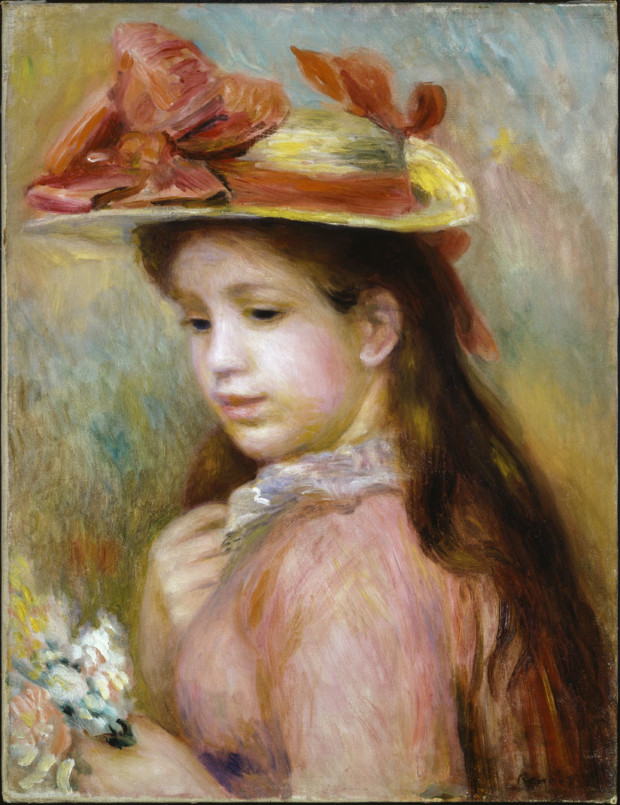
Pierre-Auguste Renoir needs no introduction. He was one of the key artists of Impressionism. In 1890 Renoir finally felt financial security. He turned to French 18th-century painting by Watteau and Fragonard and created portraits of girls and women in fashionable, sometimes even extravagant hats. These half-length paintings of young girls in hats appealed to a wide public and became quite popular.

When James Tissot met Kathleen Newton she was 22 years old and the mother of two illegitimate children. She became the painter’s companion and frequent model and she gave birth to Cecil George Newton, who is believed to be Tissot’s son. Tissot frequently referred to the years spent with Newton as the happiest of his life. For the artist, this was a time when he was able to live out his dream of a family life.
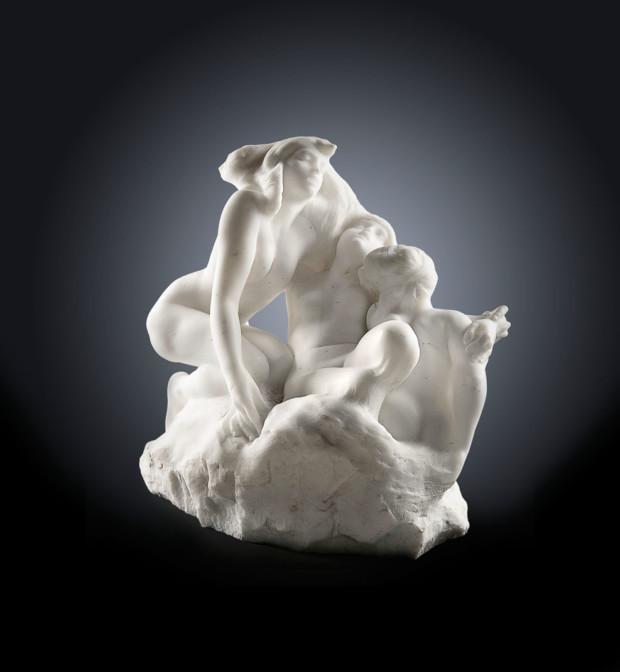
“Three intertwined sirens sing; each of a different stature and pose, they form an uneven group, staggered like pan pipes,” these words of art critic Gustave Geffroy perfectly describe this beautiful composition by Auguste Rodin. The popularity of this model was long-lived: 18 copies are known, four of which are in marble—like this one.
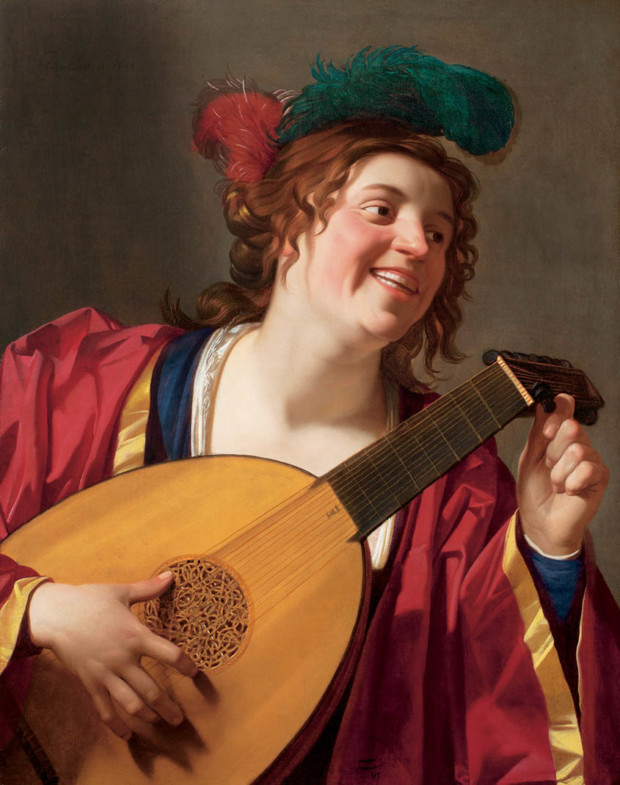
Gerard van Honthorst was a Dutch Golden Age painter, who became famous for his use of tenebrism—strong light and shadow effects—which was greatly influenced by the art of Caravaggio. He combined the Italian artist’s dramatic light contrasts with a playful mood, as well as naturalism in the way he presented his subjects.
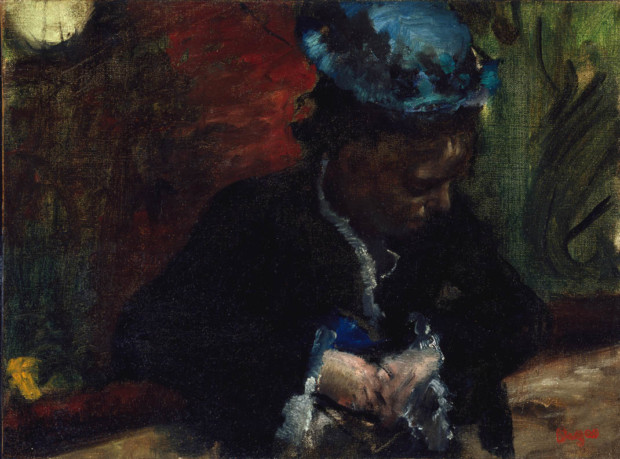
This painting belongs to a group of works by Edgar Degas that focus mainly on the theatre audience. The woman shown in the foreground of this painting resembles Ellen Andrée, the model whom Degas was particularly fond of during this period.
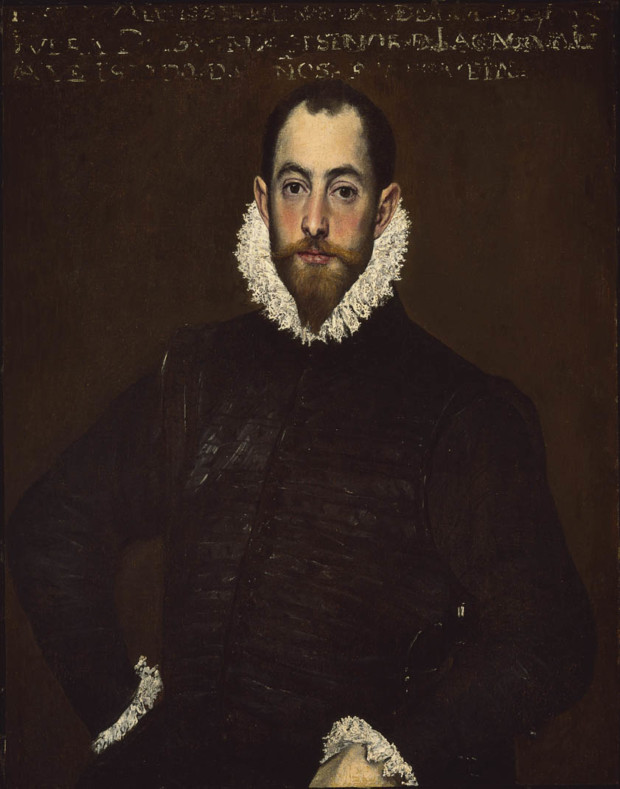
El Greco is renowned for the elongated forms which he used even in his portraits of noblemen, like this one. Interestingly, this painting was cut down along the bottom, which explains why the fingers of the sitter’s left hand are missing.
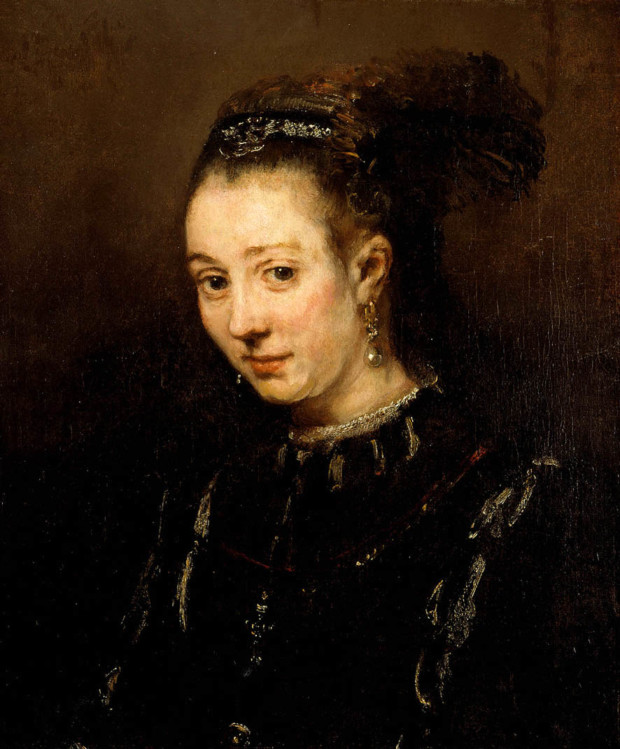
The painting by Rembrandt was probably a pendant (a pair of two paintings). It is suggested that it included a portrait of Titus, Rembrandt’s son. In that case, the woman presented here is probably Titus’ wife Magdalena van Loo, and the painting should be dated 1668, when they married.
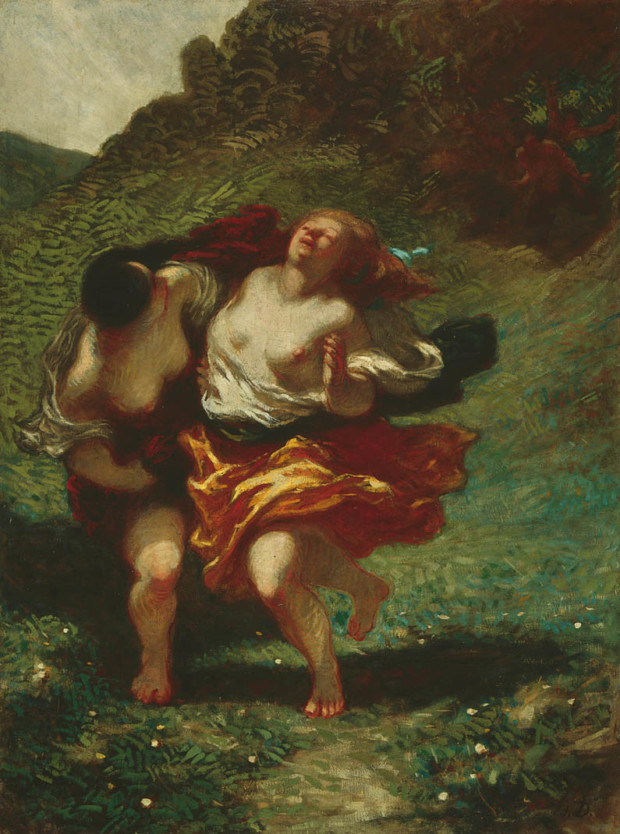
Thanks to this extraordinary picture presented at the official Salon of 1850 in Paris, Honoré Daumier was able to gain deserved recognition as a painter. Up to that point he was mostly known for his political caricatures. The mythological subject was unusual for a realistic artist like Daumier. Most likely it was just a pretext for depicting two bare-breasted women amid a whirlwind of draperies, attempting to escape from their pursuers.
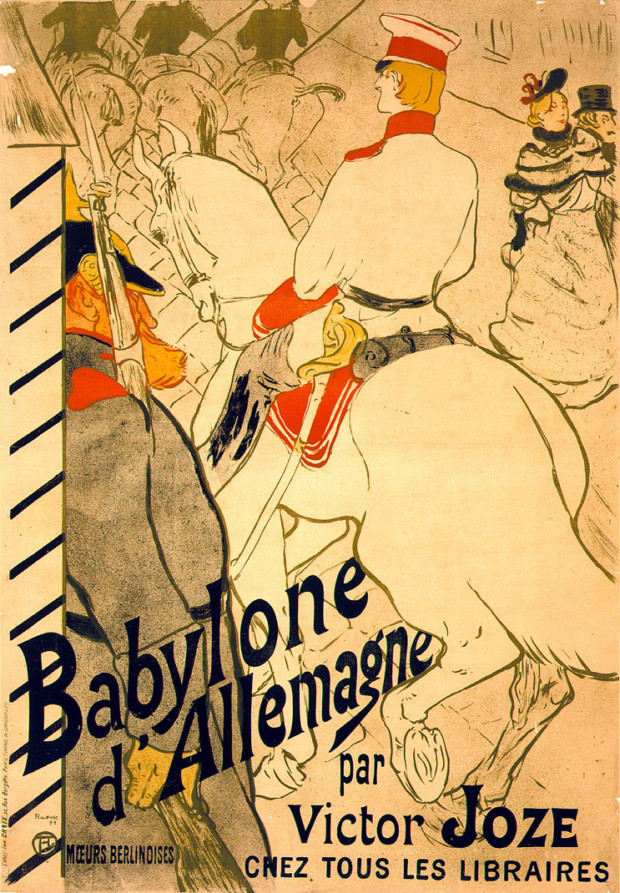
This is one of two posters that Henri de Toulouse-Lautrec created to advertise the novels of Victor Joze, his Polish friend and neighbor. Lautrec brilliantly captures the energy of the horses and riders with just a few lines, in a radical composition of cropped figures—a lesson learnt from Edgar Degas.
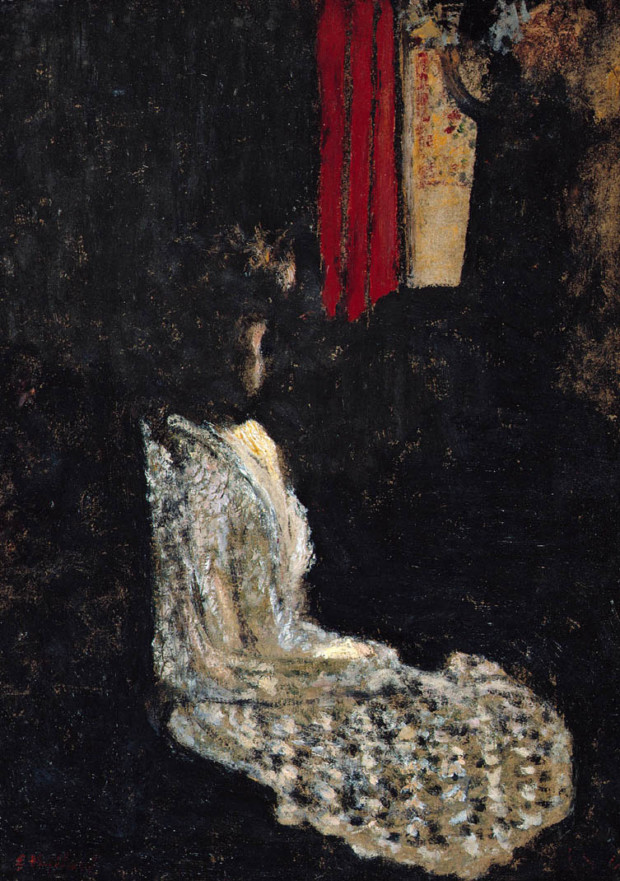
The seated woman in this painting is Édouard Vuillard’s sister Marie, left alone in the family apartment. The whole scene is very mysterious with the figure, wearing a bright, patterned dress, gradually emerging from the darkness. It is very close to the Symbolist mode.
DailyArt Magazine needs your support. Every contribution, however big or small, is very valuable for our future. Thanks to it, we will be able to sustain and grow the Magazine. Thank you for your help!